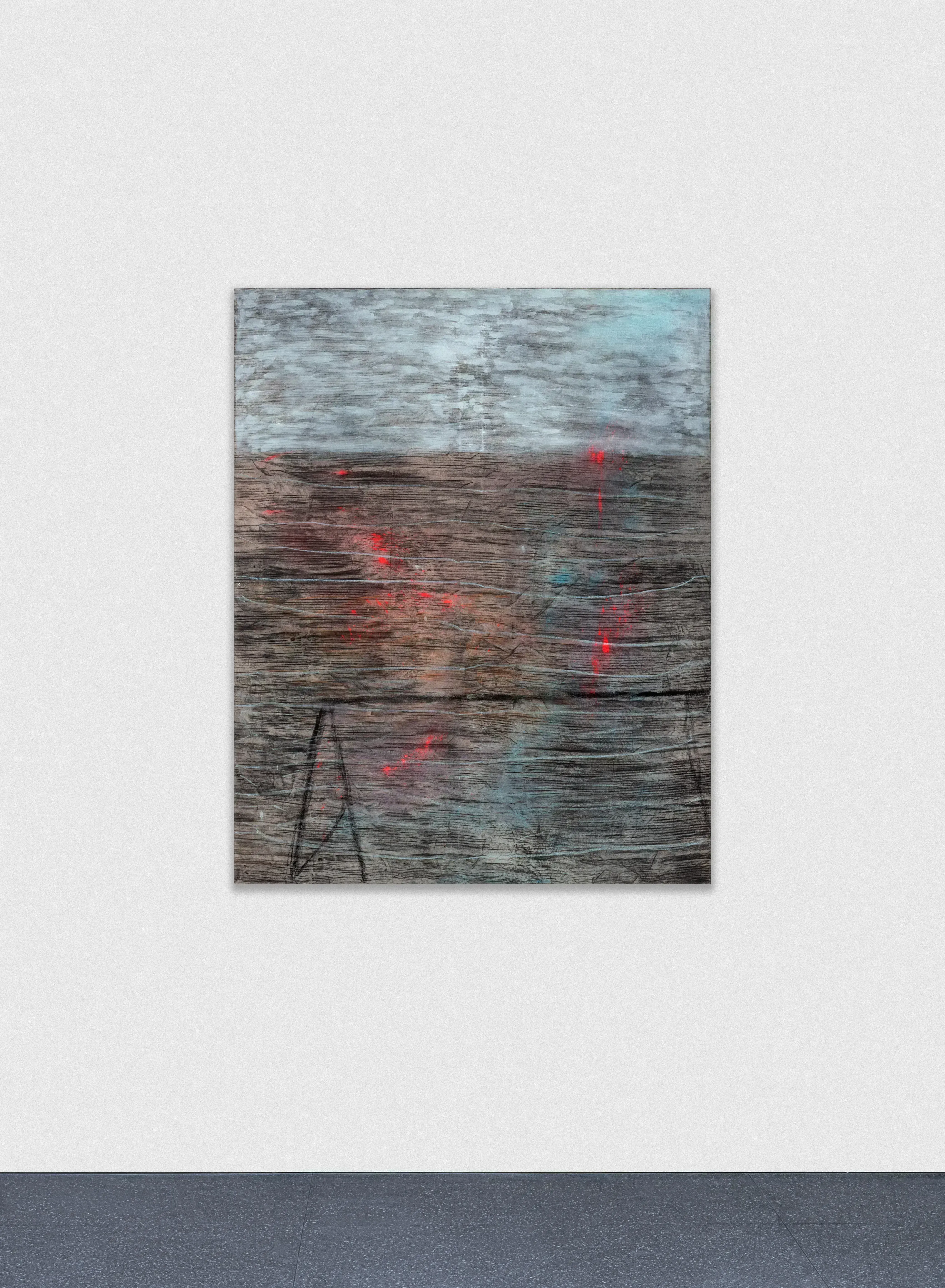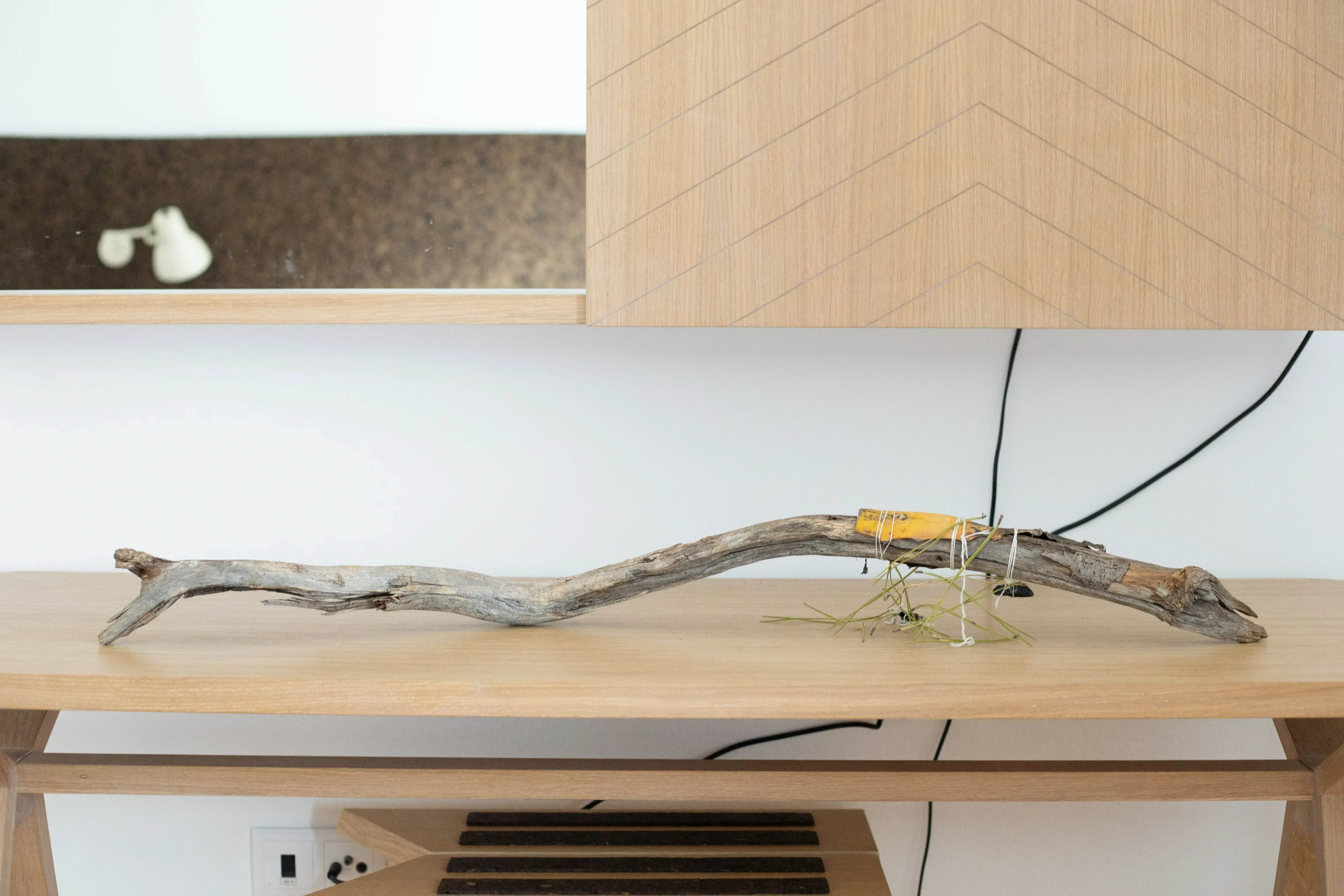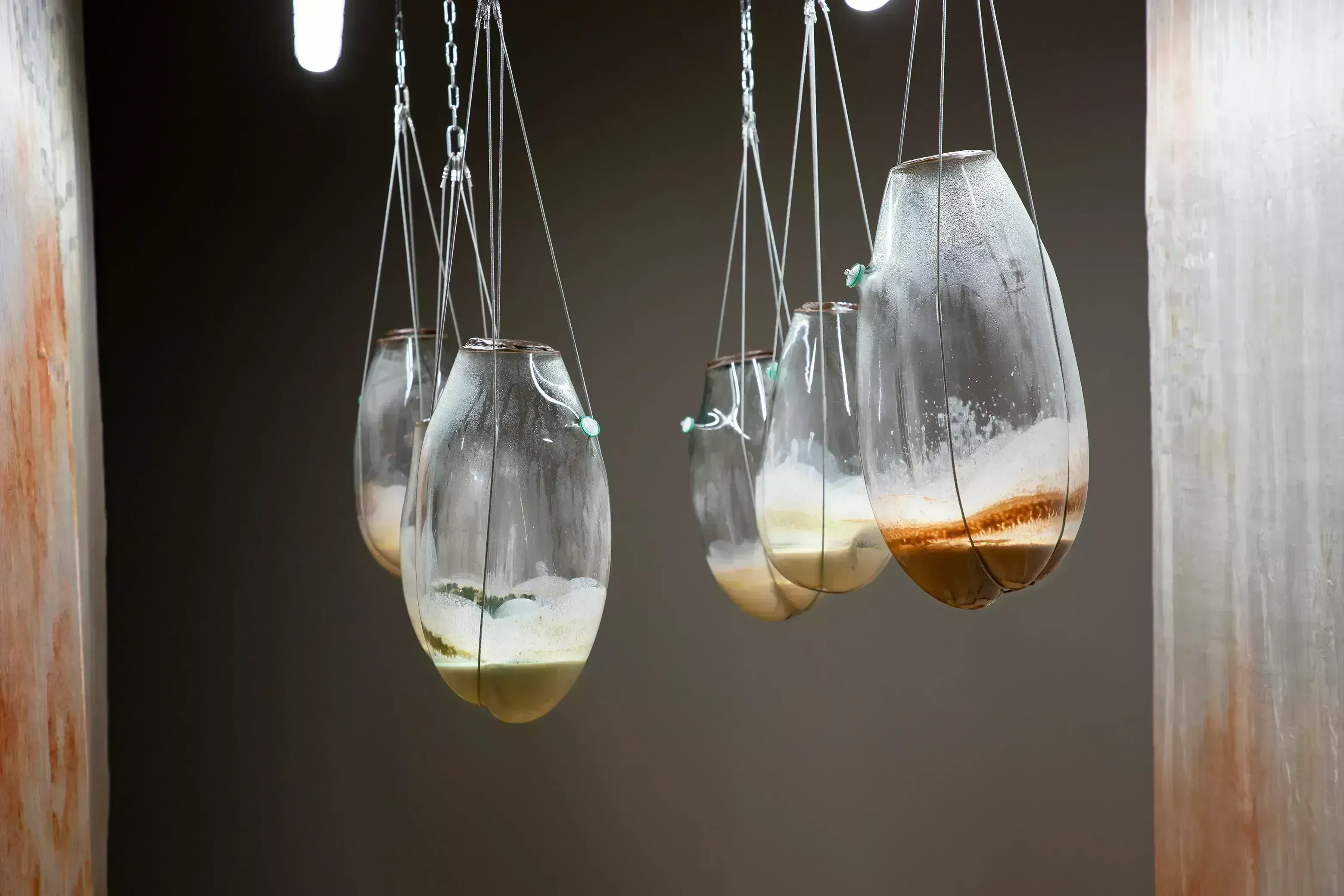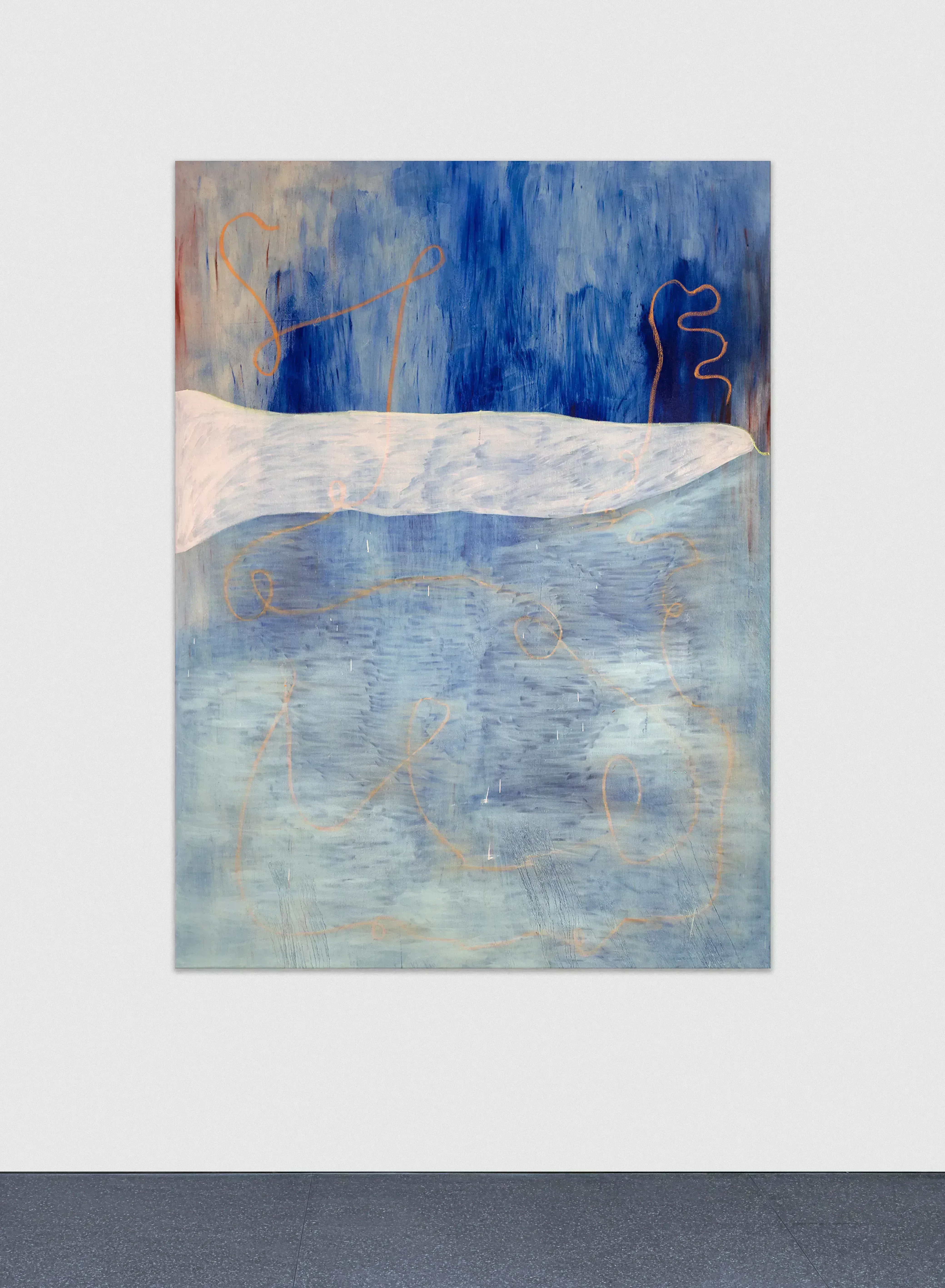










Forgot to undress you Over dried and smelly Green turned brown Yellows still glow Red turned faint lilac
Soft ball cracked mud Slow hard Dirt ball caress smooth Lump hairy edge Floating Comfort feel Shit ball Hollow rim, delicate edge Inside breaks endless buzz Open eyes, host me , engulf me











Cracked arm in anchor
Pivot on pause.
Curled in tight.
Set in plaster.
Written in Love.
Sun
Beams across the window panes and I am awake at the sweet smell of the cool air again
The fields are green once again
The water sparks crystals as your eyes blind shut
The smell of sweating day breaks
After the dead air of the summer
With the suffocating blankets of molten touch
Drops of colour again after the rain falls only a few moments
Roots sucking and jaunting, spreading wider
Some may die, some may fall frozen and land again to feed the soil mud.